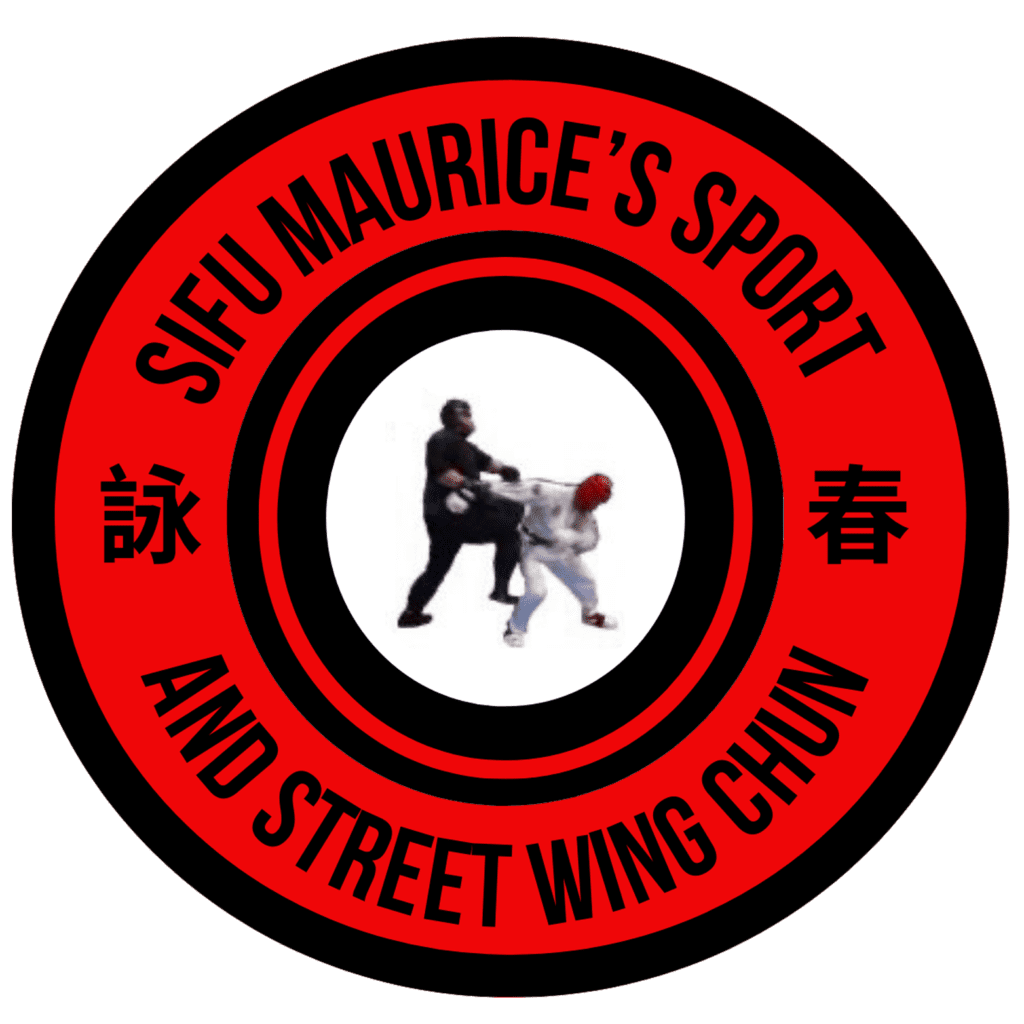The Role of Wing Chun Kung Fu in Modern Self-Defense: Adapting Traditional Techniques to Real-Life Situations
By Maurice Novoa a master under the Yuen Kay Shan, Ip Man and Pan Nam lineages.
Introduction:
Wing Chun Kung Fu, a traditional Chinese martial art, has gained popularity worldwide for its practicality and effectiveness in self-defense. Developed centuries ago, it emphasizes efficiency, speed, and simultaneous attack and defense techniques. In this article, we will explore the role of Wing Chun Kung Fu in modern self-defense, focusing on how its traditional techniques can be adapted and applied to real-life situations.
Understanding Wing Chun Kung Fu
The Origins and Principles
Wing Chun Kung Fu traces its origins to the legend of, Ng Mui and the five elders, who is said to have developed the style at the Shaolin Temple. The style is characterized by its practical approach, emphasizing close-range combat, economy of movement, and simultaneous attack and defense. Its principles are rooted in efficiency, directness, and using an opponent’s energy against them.
Core Techniques and Concepts
Wing Chun employs a range of techniques that allow practitioners to neutralize threats quickly and effectively. These include the centerline theory, which focuses on attacking an opponent’s centerline for maximum impact, and the concept of “sticky hands,” which enhances sensitivity and trapping skills. Other key techniques include punches, kicks, strikes, and specialized hand movements such as the “chain punch” and “bong sau” (wing arm).
Adapting Wing Chun to Real-Life Situations
Assessing Potential Threats and Dangers
In modern self-defense scenarios, it is essential to assess potential threats and dangers accurately. Wing Chun training emphasizes situational awareness, allowing practitioners to identify and avoid potential confrontations whenever possible. By understanding the environment and recognizing signs of danger, individuals can employ preemptive measures to de-escalate or avoid physical altercations.
Effective Close-Range Combat
One of the core strengths of Wing Chun is its ability to excel in close-range combat. In real-life self-defense situations, where encounters often occur in confined spaces, it’s techniques can be adapted to neutralize attackers swiftly. The art’s emphasis on simultaneous attack and defense, combined with quick, efficient movements, allows practitioners to maintain control over the situation and effectively protect themselves.
Defense Against Multiple Attackers
The style’s training also equips practitioners with skills to defend against multiple attackers. Through drills and exercises, practitioners learn to maintain a central position, use footwork to control distance, and employ techniques that neutralize opponents one by one. By leveraging Wing Chun’s focus on efficiency and redirecting an attacker’s force, individuals can increase their chances of survival in situations involving multiple assailants.
Practical Self-Defense Techniques
Wing Chun’s practicality extends to a wide range of self-defense techniques that can be applied in real-life scenarios. These techniques include strikes to vulnerable areas such as the eyes, throat, and groin, as well as joint locks, takedowns, and grappling techniques. By combining these techniques with the art’s principles of efficiency and directness, individuals can effectively protect themselves in self-defense situations.
Training and Practice
Finding a Qualified Instructor
To learn effectively, it is crucial to find a qualified instructor who can provide proper guidance and instruction. Look for instructors with legitimate lineage and experience in teaching Wing Chun. A qualified instructor will not only teach the physical techniques but also instill the underlying principles and philosophy of the art.
Regular Practice and Conditioning
Consistent practice is essential for mastering Wing Chun techniques and developing the necessary skills for self-defense. Regular training helps improve physical fitness, speed, and reflexes. It also enhances muscle memory, allowing practitioners to react instinctively in stressful situations. Conditioning exercises, such as strength training and endurance workouts, can further enhance the effectiveness of the techniques.
Conclusion
Wing Chun Kung Fu offers valuable insights and techniques for modern self-defense. Its emphasis on efficiency, practicality, and adaptability makes it a highly effective martial art for real-life situations. By understanding the principles and training diligently, individuals can equip themselves with the skills and mindset necessary to protect themselves in today’s world.

